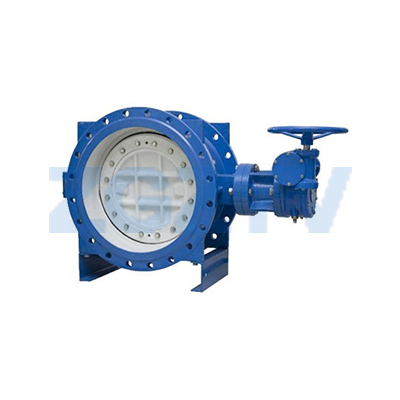
The main purpose
Eccentric butterfly valves are divided into eccentric, double eccentric, and triple eccentric structures according to the design structure. They are mainly suitable for use in electric power, petroleum, food, medicine, chemical industry, textile, papermaking and other industries as regulating and intercepting equipment. Compared with the centerline butterfly valve, the eccentric butterfly valve is more resistant to high pressure, has a longer life and has good stability.
Features
• In the single-eccentric butterfly valve, the axis of the valve stem deviates from the center of the butterfly plate, so that the upper and lower ends of the butterfly plate no longer become the axis of rotation, dispersing and reducing the excessive extrusion between the upper and lower ends of the butterfly plate and the valve seat.
• The structural characteristic of double eccentric butterfly valve is that the axis of the valve stem is deviated from both the center of the butterfly plate and the center of the body. The double eccentric effect enables the butterfly plate to quickly separate from the valve seat after the valve is opened, greatly eliminating unnecessary excessive extrusion and scratching between the butterfly plate and the valve seat, reducing the opening resistance, reducing wear, and improving improves valve seat life.
• The triple-eccentric butterfly valve increases the eccentricity of the sealing surface, that is, the shape of the sealing pair is not a forward cone, but an oblique cone; the triple-eccentric butterfly valve overcomes the problem of having to use a soft seal to achieve zero leakage, and realizes a high-temperature resistant hard-sealed butterfly valve.
• The valve body material, structural type, sealing surface material and packing can be reasonably selected according to actual working conditions or user requirements, and can be applied to various pressure, temperature and medium working conditions;
• There are multiple operating modes for users to choose from, including manual, turbine transmission, pneumatic, electric, etc.
Main design specifications
